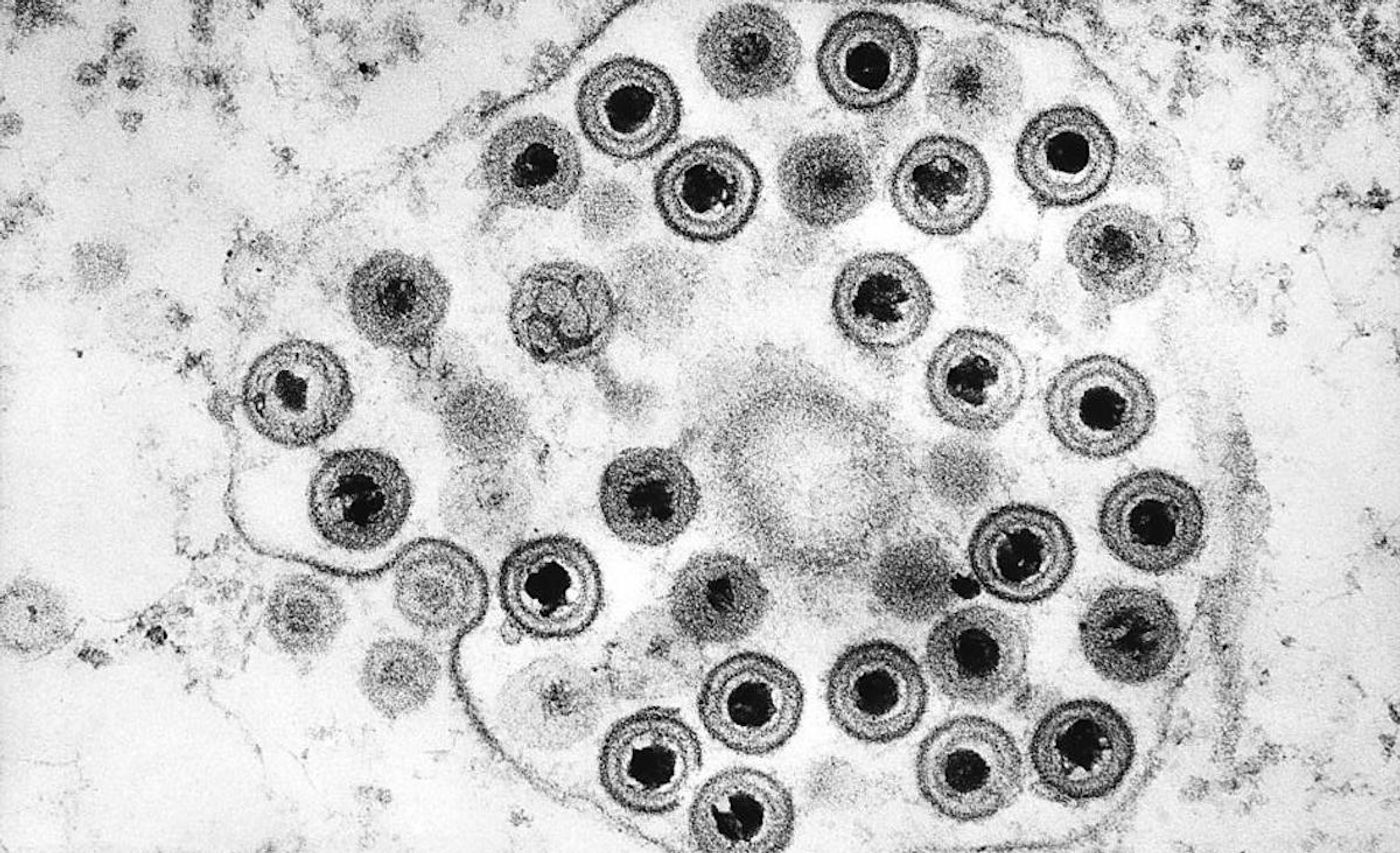The Interaction of Viral & Host Genes Promotes Evolution in Both Species
Microbes are known for their ability to evolve. Many types of microbes can interact with one another, and easily exchange genetic material. Horizontal gene transfer (HGT) is one process microbes use to swap genes, which is different from the 'vertical' transfer of genes seen in parents and their offspring. Scientists have now analyzed viral horizontal gene transfer in the context of an infection. This work has suggested that viruses can grab genes from their host cells, and use them to improve their infection skills. Host cells can also pick up useful viral genes at the same time. The findings have been reported in Nature Microbiology.
The genomes of humans and other eukaryotic animals contain the remnants of many viruses, which are known as endogenous virus elements (EVEs). Viruses are thought to have influenced the evolution of many species, and viral genes are thought to play an important part in the development and function of the human brain, noted lead study author Dr. Nicholas Irwin, now at the University of Oxford. "We wanted to understand more broadly how HGT has affected viruses and eukaryotes from across the tree of life."
In this study, the researchers analyzed the genomes of hundreds of eukaryotes, which includes plants, animals, and fungi, as well as the genomes of thousands of viruses. This revealed that many genes had been shared among species, and horizontal gene transfer between eukaryotes and viruses was twice as common in the opposite direction; viruses take many genes from their hosts.
"We were interested to find that certain groups of viruses, especially those that infect single-celled eukaryotes, acquire a lot of genes from their hosts," said senior study author Dr. Patrick Keeling, a professor at the University of British Columbia. The researchers were able to make some predictions about how viruses can influence their hosts when an infection occurs by examining the function of the genes that were shared, Keeling added.
Eukaryotes did not keep as many viral genes, comparatively. However, the viral genes that eukaryotes opted to retain seem to have had a significant impact on the biology of the host over long evolutionary time periods. For example, viral genes seem to have affected the structure and shape of host tissues or cell walls, said Irwin. "This suggests that host-virus interactions may have played an important role in driving the diversity of life we see today."
While pathogens like coronavirus or Zika virus don't seem to transfer genes with host cells, they can influence host genes in different ways. The mechanisms underlying gene transfer or gene interaction may help us learn more about how infections progress, or how to stop them.
"The past two years have clearly demonstrated the destructive potential of viruses, but we think that this work serves as an interesting reminder that viruses have also contributed to the evolution of life on Earth," Irwin noted.
Sources: University of British Columbia, Nature Microbiology









